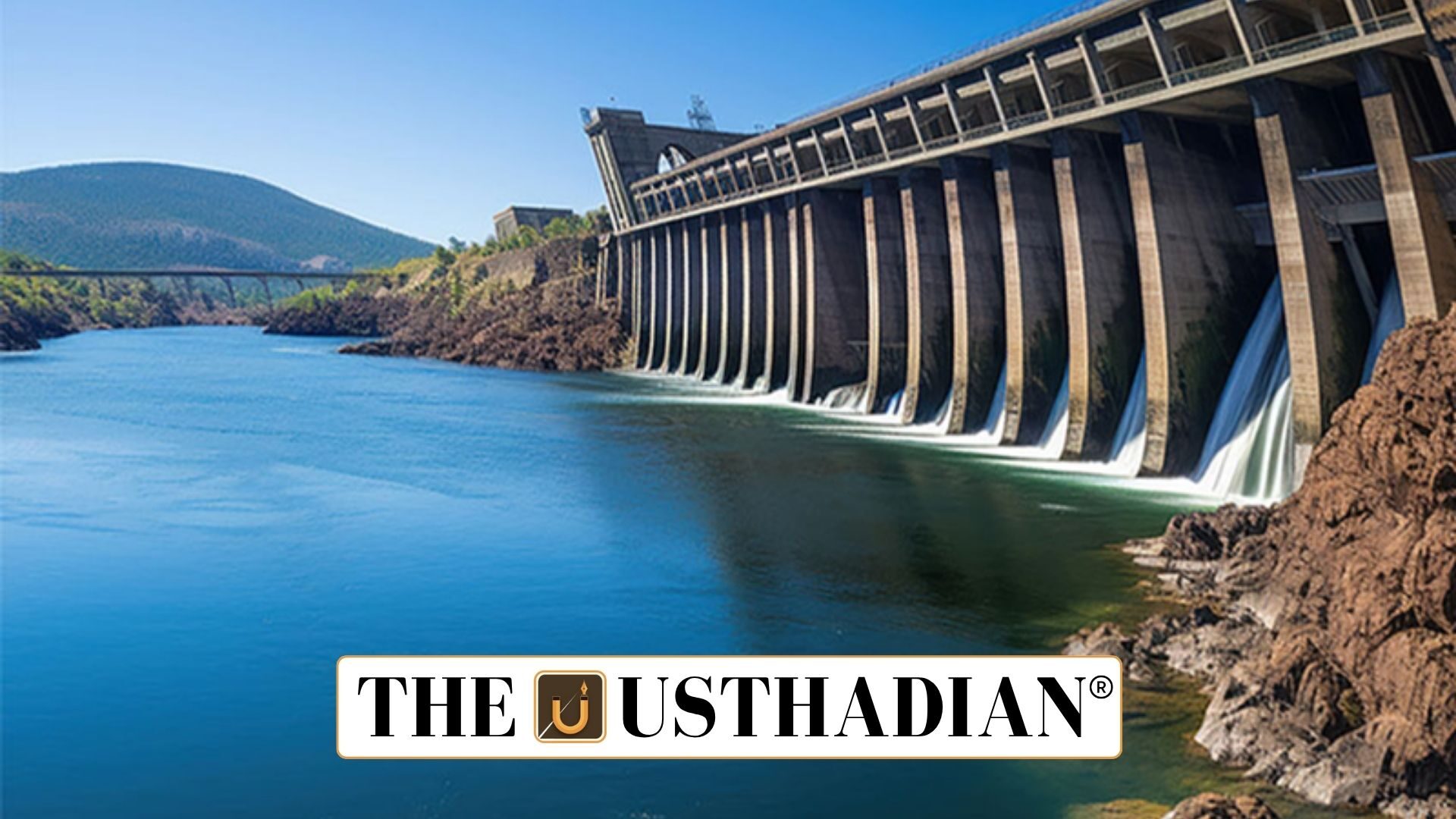Resumption of a Long-Delayed Project
India Accelerates Sawalkote Hydropower Development on Chenab: India has moved to restart the Sawalkote Hydroelectric Project in Jammu and Kashmir, a plan originally conceived over six decades ago. The revival comes in the wake of India’s suspension of the Indus Waters Treaty (IWT) with Pakistan, a decision that removed earlier operational limitations. With a proposed capacity of 1,856 MW, Sawalkote will surpass all existing hydropower facilities in the Union Territory.
Static GK fact: The Chenab River originates from the confluence of the Chandra and Bhaga rivers in Himachal Pradesh before entering Jammu and Kashmir.
Treaty Background and River Allocation
The Indus Waters Treaty, signed in 1960 with World Bank mediation, allocated the eastern rivers — Ravi, Beas, and Sutlej — to India, while Pakistan gained rights over the western rivers — Indus, Jhelum, and Chenab. India’s use of western rivers was limited to non-consumptive purposes like hydropower generation without major storage capacity.
Static GK fact: The Chenab River basin is a key part of the larger Indus basin system, one of the most extensive river networks in the world.
Suspension and Its Consequences
Citing Pakistan’s role in cross-border militancy, India withdrew from treaty obligations, ending requirements such as project notifications and data sharing. This shift allowed India to reduce water releases from the Baglihar and Salal projects, causing significant agricultural disruption downstream in Pakistan.
Static GK fact: The Salal Hydroelectric Project, commissioned in 1987, has an installed capacity of 690 MW.
Technical Profile of Sawalkote
Situated near Sidhu village in Ramban district, Sawalkote is planned as a run-of-the-river hydroelectric scheme featuring a 192.5-metre roller-compacted concrete gravity dam. The design aims to capture the high-flow energy of the Chenab in the Western Himalayas, producing more than double the power output of Baglihar.
Static GK fact: Run-of-the-river dams typically have minimal storage and rely on natural river flow for electricity generation.
Economic and Strategic Value
The Chenab’s upper catchment area above the snowline spans over 10,000 sq km, offering immense untapped hydropower capacity. The Sawalkote project, estimated at Rs 22,704 crore, is being expedited as a nationally important infrastructure initiative, with reduced procedural delays to accelerate commissioning.
Static GK fact: India’s total hydropower potential is estimated to be over 1,45,000 MW, with the Himalayas contributing the largest share.
Policy Shift and Geopolitical Significance
Reviving Sawalkote after halting IWT obligations marks a decisive policy shift, allowing India greater control over its share of western river waters. The move reflects a broader emphasis on energy independence, strategic water management, and strengthening national security in the face of regional challenges.
Static Usthadian Current Affairs Table
India Accelerates Sawalkote Hydropower Development on Chenab:
| Fact | Detail |
| Location of Sawalkote Project | Sidhu village, Ramban district, Jammu and Kashmir |
| Planned Capacity | 1,856 MW |
| Dam Type | Roller-compacted concrete gravity dam |
| Dam Height | 192.5 metres |
| River | Chenab |
| Treaty Suspended | Indus Waters Treaty (1960) |
| Project Cost | Rs 22,704 crore |
| Previous Largest Project in J&K | Baglihar Dam (900 MW) |
| Catchment Area above Snowline | Over 10,000 sq km |
| Year of Treaty Signing | 1960 |








